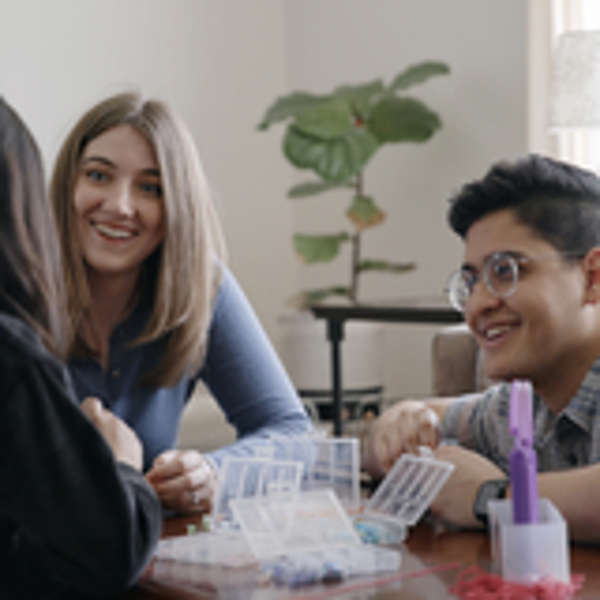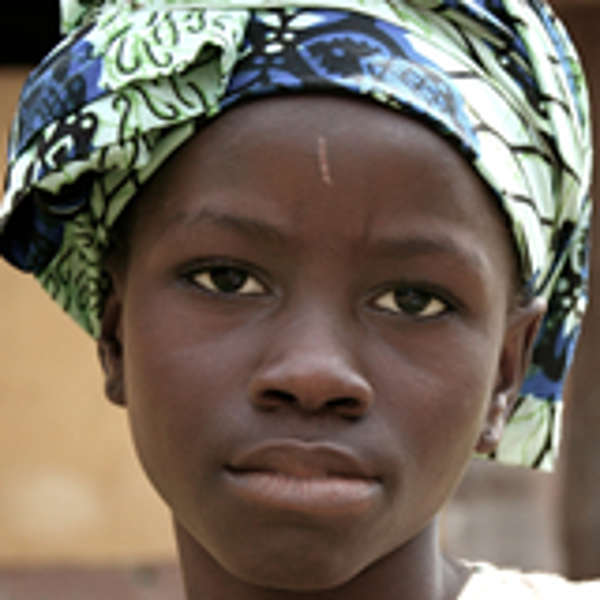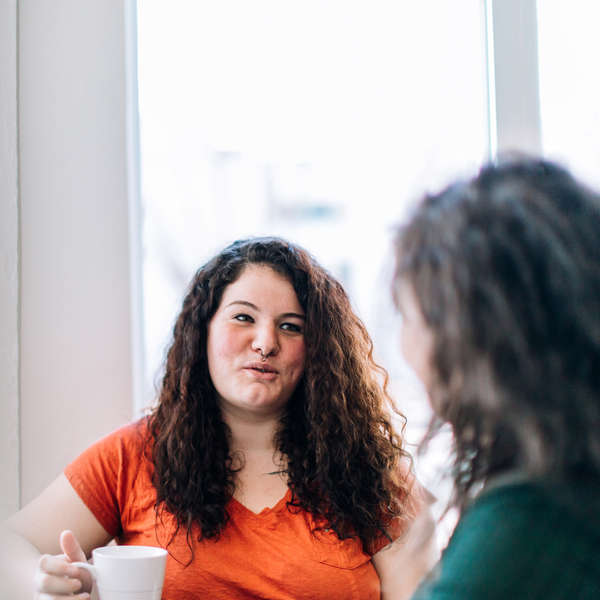What I learned as a transracially adoptive parent
by Sara Blomeling DeRoo, LCSW/LMSW, Trauma Specialist and Adoptive Mother to 13 Children

Transracial or transcultural adoption are terms I’ve come to use when talking about my family, but there are many others: cross-racial, cross-cultural, rainbow family, etc. These terms came to embody a big part of our identity when all we’d originally set out to do was grow our family through adoption.
Keep learning
When my husband and I began our adoption journey in the late 1980s, we were admittedly wide-eyed about the whole thing. As an adoptee, I felt we had a leg up on the journey, but I was adopted into a same-race family. Our decision to adopt seven children from other races—first from South Korea and then domestically—shined a light on our naïveté.
We had wonderful role models who had gone before us in the transracial adoption arena. We were part of an active support group for international adoptees, mostly from South Korea, which was very helpful in assisting us with all things Korean—including cultural fairs, weekly Korean language and dance classes, and international potlucks. We went to countless trainings and panel discussions with adults and teens who had been transracially adopted. I enrolled in racial sensitivity trainings and tried my best to anticipate every potential pitfall my children might face.
All of this was helpful, and I would advise other transracially adoptive parents to take advantage of every educational or training resource available. However, I was naïve in thinking all of this would somehow reduce my children’s pain. It didn’t. We didn’t get a free pass from racial discrimination.
Keep digging
Developmentally, children begin identifying race around age 3. They start to realize they don’t look like other siblings or their parents. Yet, our brains are wired to belong, racially and culturally, with our family and people groups. I’ve heard adult adoptees of color speak about being raised in majority Caucasian communities. Even as adults, some still experienced a bit of surprise when they looked into a mirror because they “felt” white inside. It’s natural to identify with our parents, no matter our outward differences.
In our home, I made sure we regularly talked about race. We read books that modeled open discussion about racial differences. We placed strong emphasis on educating and exposing our children to every possible diverse experience. We were intentional about our choice of school, church, and community, leaving our predominantly white suburban neighborhood behind. Still, my children were not forthcoming with their experiences. Had I not done purposeful “digging” as they aged, I could have easily believed they had avoided racial discrimination in their younger years.
The veneer began to crack one day as I took my children grocery shopping. As another young mom with her mother passed by me and my cart full of toddlers, the older woman warned her daughter to “watch your purse.”
A few years later, a woman from a nearby wealthy neighborhood rang my doorbell one evening so her son could apologize to my third-grade son for calling him “burnt toast” on the school bus. As she asked for my son to come to the door, she wondered aloud why her son would say such a thing, when, “After all, the help at our home in the Bahamas is all black. I just don’t get it!” The look on my son’s face as he received the awkward apology said it all. He clearly didn’t want me to know this had happened, and he felt almost a sense of shame that it had.
I didn’t expect that. Shame from the victim? These were deeper waters—adoptee waters. I understood not wanting to hurt our parents and not wanting our parents to know we struggle with racial differences or our adoptee status. These are deep waters for most adults to navigate, let alone a third grader.
Most of my children are now young adults, and only recently have they begun to tell me stories of name-calling and racial discrimination they experienced as children at family gatherings. I’d regularly encouraged them to share these stories with me through open dialogue as they happened, but these are stories I’d never heard.
Keep listening
The lesson for those who are raising a child, or considering raising a child, racially different from themselves is this: assume that racially charged things are happening. Continue doing all those things the transracial adoption experts taught you in your trainings. Keep listening to the adoptees in the panel discussions who can now talk about what went well and what didn’t go well. And keep the conversations going in your home, even if your kids don’t share any more with you than mine did with me.
Extend a bit more love and grace when it seems they’ve had a hard day, even when they say “nothing” happened. “Nothing” may have been “something,” and it may have been extraordinarily hurtful. This is where a spontaneous trip out for a treat or an unexpected fun activity can be the most healing. Even giving permission not to tell you all the details, acknowledging that you truly might not understand, can ultimately keep the relationship strong. Keep reassuring your child you will be there for him or her in every season of life, and you will have his or her back no matter what.
Transracial adoption will take you on unexpected journeys of the heart—there’s a lot of joy in the journey and a lot of hurt. Parental love compels us to protect our children from every kind of struggle and pain, and it’s hard to accept that we won’t always succeed, even when we’ve done everything right.



